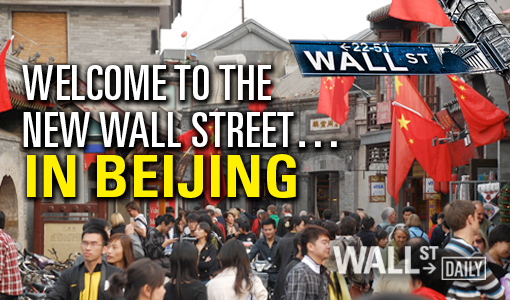The Obama administration has tried to prevent other countries from investing in China’s new Asian Infrastructure Investment Bank (AIIB).
It was concerned that the AIIB would undermine the power of the U.S.-dominated World Bank and International Monetary Fund (IMF) in emerging markets.
The administration’s efforts appear to have failed, however.

That’s good news for emerging countries attempting to get loans. But should you be worried about the implications?
The Shifting Landscape for Development Banking
Before World War II, lending to developing countries was carried out by the private sector, notably by the London merchant banks. This resulted in an attractive diversity of development banking approaches.
After the 1944 Bretton Woods Agreement set up the World Bank and IMF duo, however, they provided subsidized competition to the merchant banks. This drove merchant banks out of the development lending business.
So since 1945, the World Bank and IMF – dominated by Washington-based bureaucrats – have had an ideological monopoly on such lending practices.
Since there was now only one source of long-term development capital, the recipients were forced to follow the source’s advice. The problem was that this advice was often bad.
Thus, steel mills, hydroelectric dams, and infrastructure sprang up all over the Third World in the 1970s. And in the last decade, the landscape has been dotted with renewable energy projects. These ventures require vast amounts of scarce capital, and they’re wholly unprofitable without the subsidies they’ve been granted.
Infrastructure is currently popular among development bankers. But it’s very expensive, as it involves jumping through all sorts of fashionable environmentalist and protection-of-indigenous-peoples hoops before it can be built.
Indeed, huge amounts of money have been wasted over the past 70 years in attempting to develop poor countries on the basis of non-market fashionable theories from the rich West.

